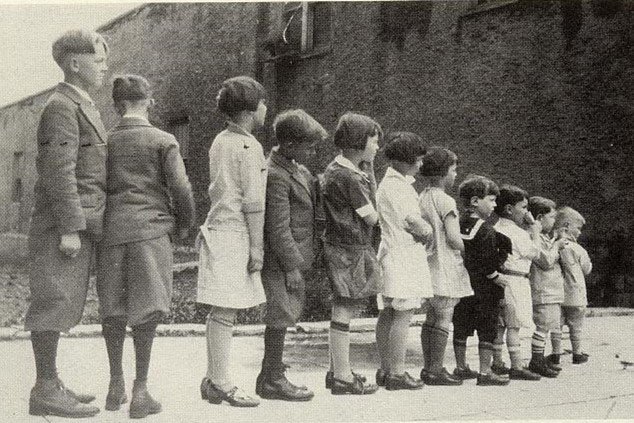Federal Early Care and Education Programs: Advancing Opportunity through Early Learning
By Katharine B. Stevens
ESSAY
American Enterprise Institute — “A Safety Net That Works: Improving Federal Programs for Low-Income Americans”
February 22, 2017
[We aim] to lighten the burdens of children, to set their feet upon surer paths to health and well-being and happiness. . . .
Let no one believe that these are questions which should not stir a nation; that they are below the dignity of statesmen or governments. If we could have but one generation of properly born, trained, educated, and healthy children, a thousand other problems of government would vanish.
—President Herbert Hoover, 1930
Address to the White House Conference on Child Health and Protection
The poor life prospects for children born into disadvantage in America are increasingly recognized as an urgent national concern. More than a third of children born into the bottom fifth of the income distribution remain there as adults, while just 41 percent make it into the middle quintile or above. For children in single-parent homes, opportunity is especially lacking: 50 percent of children in the bottom quintile raised by never-married mothers remain there as adults, compared to just 17 percent of children raised by continuously married parents. The circumstances that an American child is born into determine too much about his chances to succeed in life.
Since the War on Poverty was declared in 1965, America has relied on public education as the primary strategy for breaking the cycle of intergenerational poverty and advancing equal opportunity for all children. Over the past several decades, spending on the country’s schools has escalated dramatically toward that end. Federal, state, and local governments spent a total of $636 billion on K–12 education in 2013–14. Public expenditures per student have doubled since the mid-1970s, reaching an average of more than $12,000 per student in 2012–13.
A good education is key to social mobility and self-advancement. Yet it has become increasingly clear that K–12 schooling is falling short as our nation’s primary engine of opportunity and human capital development. Three-quarters of low-income fourth graders and 80 percent of low-income eighth graders score below proficient in both reading and math on the National Assessment of Education Progress (NAEP). Seventeen-year-olds’ reading and math scores have remained flat for almost half a century (see Figure 1). Less than 40 percent of high school seniors scored at college- and career-ready levels on the 2015 NAEP exam, and just 5 percent of black students who took the ACT exam in 2013 were ready for college. The bottom line is that two trillion public dollars and decades of efforts to improve schools have produced little progress in the economic and social well-being of America’s neediest citizens. Children born poor today are just as likely to stay poor as they were 45 years ago.
Recent reform initiatives, such as expanding school choice, have been gaining momentum and show some encouraging results. But progress is slow, and millions of children are left behind every year. In addition to continuing these efforts, we need to pursue new approaches to build our nation’s human capital and ensure that all children have an equal chance to realize their full potential. High-quality child care that helps the country’s youngest, most disadvantaged children get a good start while enabling their parents to work is an especially promising strategy. Done right, it provides a powerful approach to breaking the cycle of intergenerational poverty and advancing opportunity for two generations simultaneously…
See Also
Policy Brief ~ June 4, 2018
Op-Ed ~ November 3, 2015
Blog ~ September 26, 2018




